The Role of R&D in Economic Growth
Speaking at the opening ceremony of the Vietnam Research and Development Forum 2025 (VRDF 2025) this morning (July 30), Prof. Dr. Nguyen Duc Khuong, Director of International Development, Leonard de Vinci University Complex, Chairman of AVSE Global, emphasized that Vietnam is entering an era of growth with the important role of science, technology, and innovation.
This was affirmed when the Politburo issued Resolution No. 57 on breakthroughs in science, technology, innovation and national digital transformation. The Resolution emphasized that science, technology, innovation and digital transformation are decisive factors in the development of countries; they are prerequisites and the best opportunities for our country to develop richly and powerfully in the new era - the era of the nation's rise.
Prof. Dr. Nguyen Duc Khuong emphasized that Resolution 57 is a breakthrough step, placing science, technology, and innovation as the foundation, the right importance, and the driving force for the country's breakthrough. Accordingly, a country that wants to develop must have a developed science system, without scientific research, innovation is impossible.
International experience shows that research and development (R&D) is the key driving force that helps countries like France, South Korea, Singapore or Israel break through and transform successfully.
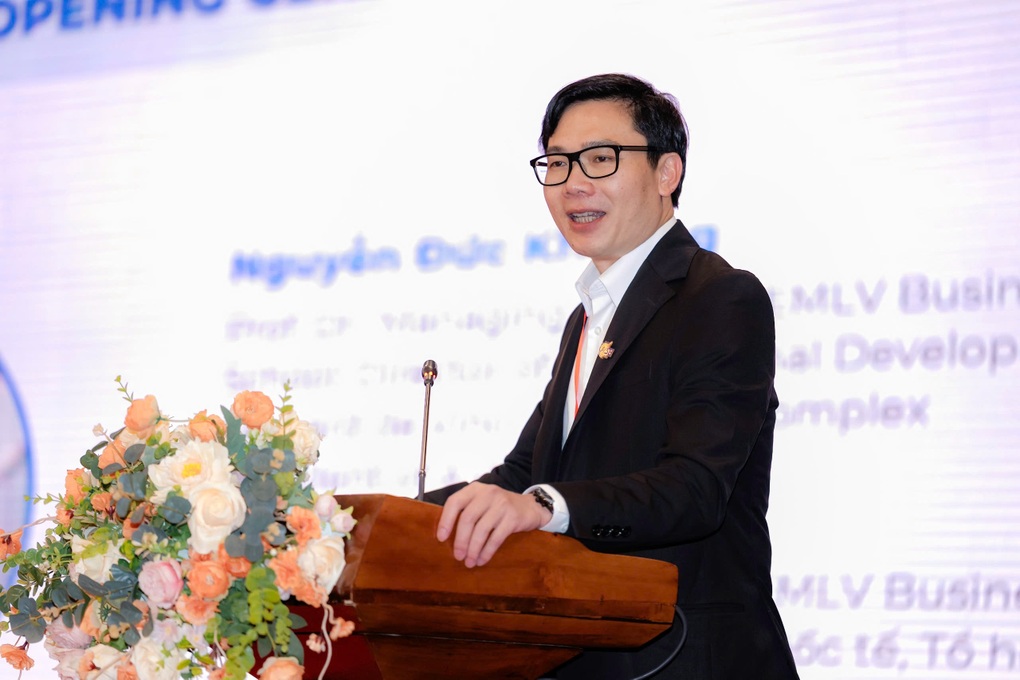
Prof. Dr. Nguyen Duc Khuong delivered the opening speech at the VRDF 2025 Forum (Photo: Organizing Committee).
A 2021 study by Moustapha & Yu across 35 OECD countries found that a 1% increase in R&D spending can increase real GDP by 2.83%. This reflects the pivotal role of innovation in long-term economic growth.
World Bank statistics in 2024 show that Vietnam's R&D spending compared to GDP has increased from 0.30% in 2013 to 0.43% in 2021. This figure is still very low compared to development requirements in the current context.
Resolution 57 sets a target that by 2030, R&D expenditure will reach 2% of GDP, of which social expenditure will account for more than 60%; at least 3% of the total annual budget will be allocated for science, technology, innovation, national digital transformation development and gradually increase according to development requirements. The system of science, technology, and innovation organizations will be rearranged to ensure effectiveness, efficiency, and close linkage between research - application - training.
However, Vietnam still faces many other challenges such as limited ability to receive and master technology, lack of connection between businesses and universities. In addition, Vietnam has not effectively mobilized and properly promoted domestic intellectual resources, including a team of global Vietnamese experts.
Suggesting effective R&D directions for Vietnam
Appearing at the forum, Mr. Navi Radjou, thinker and advisor on innovation and leadership in Silicon Valley; Researcher at Cambridge University; member of the Global Future Council of the World Economic Forum, UK shared a completely new perspective and suitable for the context of Vietnam with the focus on "doing more with less resources".
He believes that the ratio of R&D investment to GDP reflects only one aspect of a country's innovation performance. Equally important is how to innovate? Who will do R&D? Why is R&D needed? These are the fundamental factors that create success in innovation.
The expert pointed out the current situation in the field of R&D: investing more but getting less. He gave an example of the US pharmaceutical industry currently spending a lot of money on research and development, increasing 10 times but the investment efficiency is very low, not bringing much social impact. Meanwhile, in India, although the resources are less, it brings more efficiency.
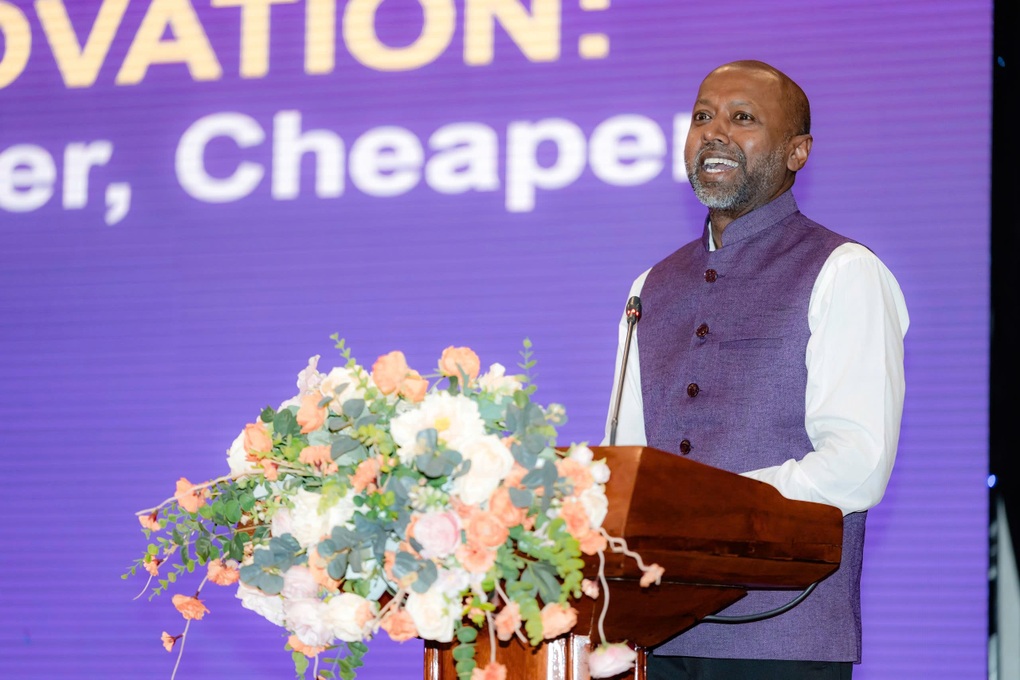
Mr. Navi Radjou is a thinker and advisor on innovation and leadership in Silicon Valley (Photo: BTC).
He cited the example of millions of premature babies in the US being cared for in incubators that cost thousands of dollars. However, a scientific study in India has created a sling that costs $200 but is as effective as expensive incubators in developed countries.
Another example cited by the Silicon Valley expert is that in 2015, the Indian Space Research Organization (ISRO) launched a probe into Mars orbit for just $74 million. Meanwhile, NASA needed $671 million for a similar mission. NASA has an annual budget of $25 billion, while ISRO’s entire annual budget is only about $1.5 billion – equivalent to three weeks of NASA’s spending.
“When budgets are tight but ambitions are big, the boundaries of feasibility are no longer in numbers,” Navi Radjou asserted.
From the Indian model, the Silicon Valley thinker suggests an effective R&D model for Vietnam in the context of scarce resources. This R&D model is based on 3 pillars: Saving, flexibility and efficiency.
Regarding the savings pillar, Mr. Navi Radjou said that it is necessary to change the R&D mindset to invest in new technology.
“R&D is not always about coming up with something new, but about intelligently reusing what is already there. This is a circular economy of knowledge, reusing old knowledge for new tasks,” the expert suggested.
He cited a UK start-up that uses facial recognition algorithms to solve a new problem: diagnosing heart failure. This disease costs the UK around £2 billion a year. A common sign of the disease is swollen ankles. The start-up uses existing technology to identify images of patients' ankles.
The second pillar mentioned by Navi is flexibility. Many countries around the world are starting to deploy business innovation centers at universities and research institutes. Close connections between schools and businesses help increase research efficiency when businesses and intellectuals interact on a daily basis.
The third pillar is sustainability. Experts give the example of Brazil, which has established an R&D center in nature and created a technology park. This park has cooperation with many companies, developing high-value, nature-related products. Currently, China is also planning to develop a similar model.
“Vietnam has many opportunities to make a leap forward with a growth trajectory that is both economical, flexible and sustainable,” Mr. Navi Radjou affirmed.
Source: https://dantri.com.vn/kinh-doanh/chuyen-gia-thung-lung-silicon-noi-cach-de-viet-nam-tang-truong-nhay-vot-20250730111351649.htm






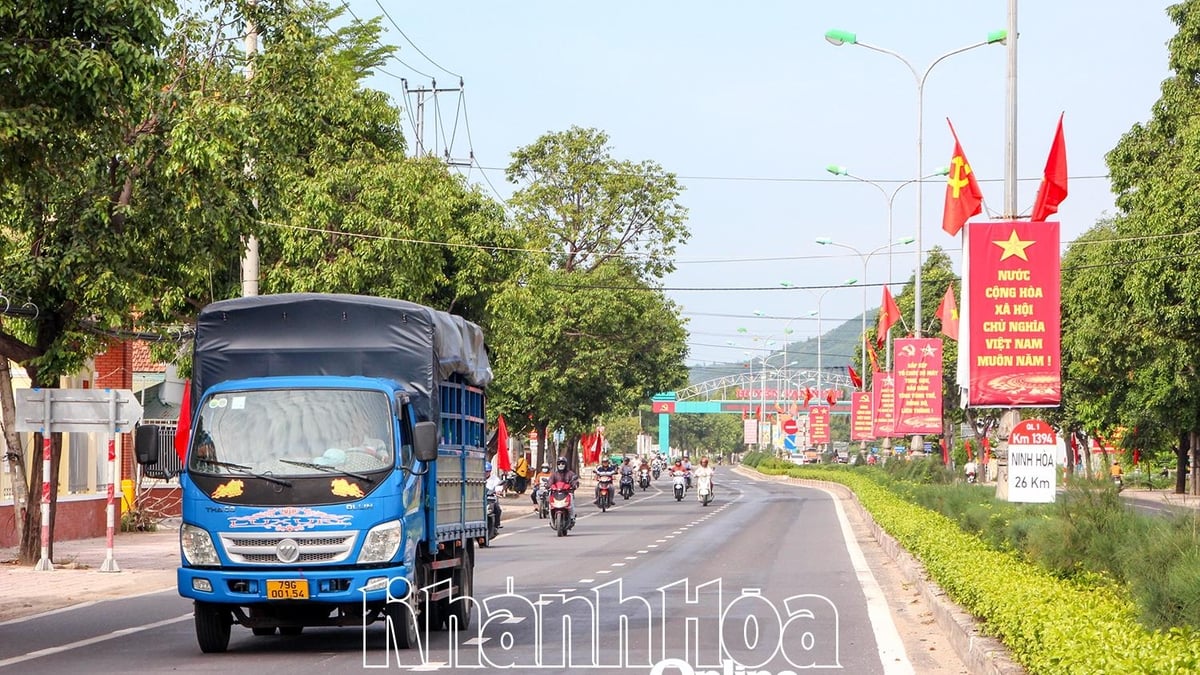
















































![[Maritime News] Container shipping faces overcapacity that will last until 2028](https://vphoto.vietnam.vn/thumb/402x226/vietnam/resource/IMAGE/2025/7/30/6d35cbc6b0f643fd97f8aa2e9bc87aea)










































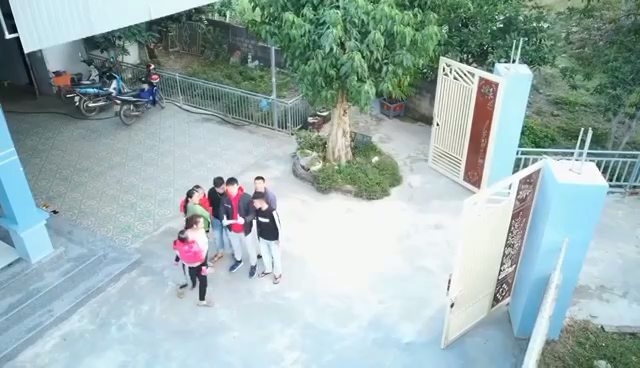
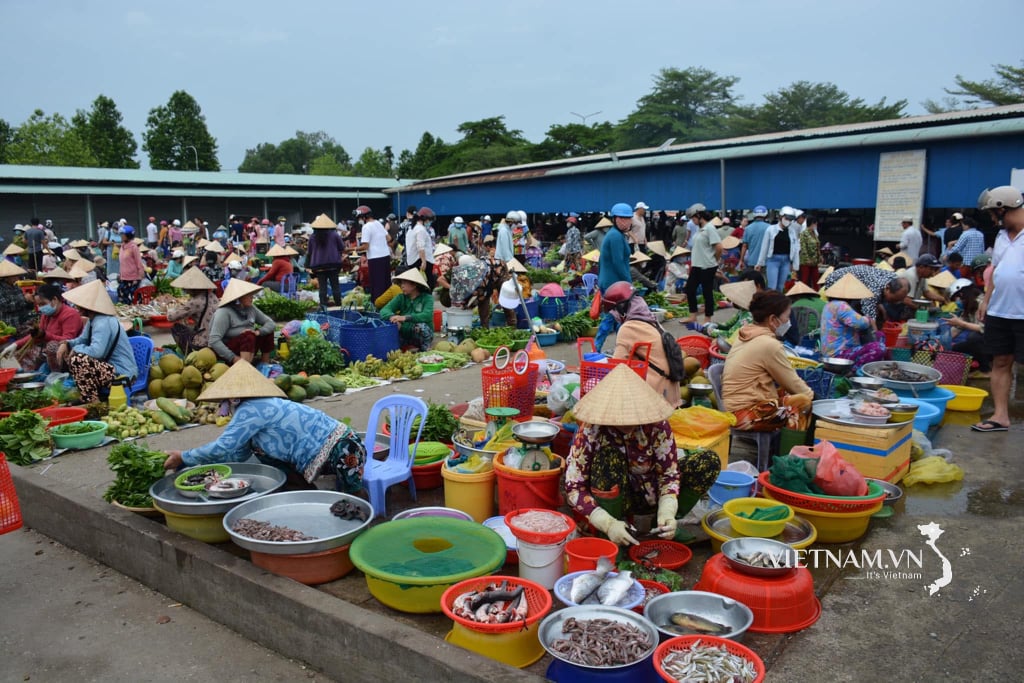

Comment (0)